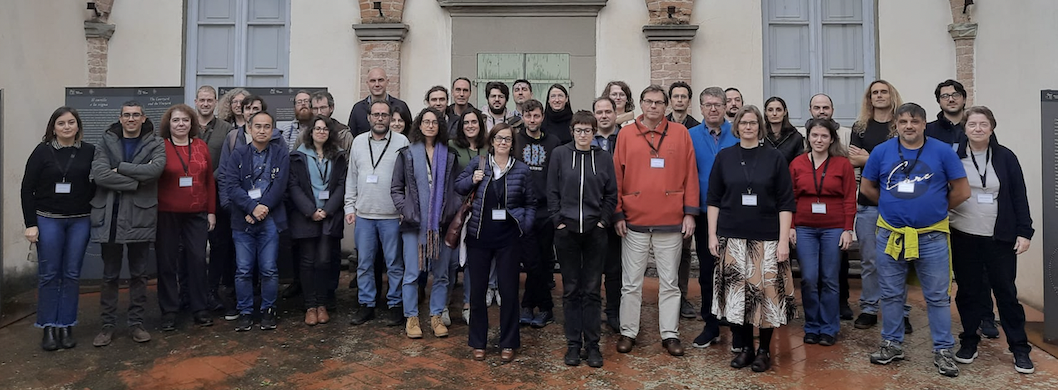I will discuss the results from numerical simulations of star cluster formation and evolution. I will review what has been learnt from numerical simulations regarding how the properties of low-mass stellar clusters and their stars depend on initial conditions, such as metallicity, molecular cloud density, magnetic fields, and turbulence. I will also discuss how these clusters may be expected...
Understanding the factors that influence the survival of open clusters within the Milky Way is a complex endeavor. This study delves into the role of key parameters such as mass, density, size, and the galactic environment, including the Galactic bar, spiral structures, and molecular clouds. Particular attention is given to how open clusters and field stars respond differently to...
The wealth and homogeneity of Gaia data have allowed the discovery of several open clusters with signs of disruption.
We do a morphological, kinematic and chemical analysis of the disrupting cluster UBC 274 (2.5 Gyr, d = 1778 pc), with the objective of studying its global properties.
A new membership study up to 50 pc from its center and un to magnitude G=19 using GaiaEDR3 data, shows that...
M67 is a cornerstone open cluster for stellar astrophysicists. It is the same age and metallicity as the Sun - indeed its stars are so similar to the Sun that some have speculated that the Sun may have been born there. Furthermore its location - relatively close to use but well above the plane of the Milky Way - makes it easy to distinguish from the background field population. However this...
Numerical and analytical evidences that collisionless and collisional relaxation processes work differently in Newtonian and modified Newtonian dynamics (MOND) theories of gravitation imply that processes such as the disruption of satellites falling onto the parent galaxy should, in principle, behave differently in the two scenarios. In particular, it is not clear whether a stronger...
The sun is located at a Galactocentric distance where the transition from Newtonian to MoNDian dynamics is expected to occur. Due to their proximity solar neighbourhood open star clusters are ideal kinematical laboratories to discriminate between the validity of Newtonian or MoNDian dynamics. Direct MoNDian N-body integrations of open star clusters embedded in an external field are performed...
Open clusters’ dynamical evolution is driven by stellar evolution, internal dynamics and external forces, which according to dynamical simulations, will evaporate them in a timescale of about 1 Gyr. However, about 10% of the known open clusters are older. They are special systems whose detailed properties are related to the dynamical evolution of clusters and the balance between mechanisms of...

